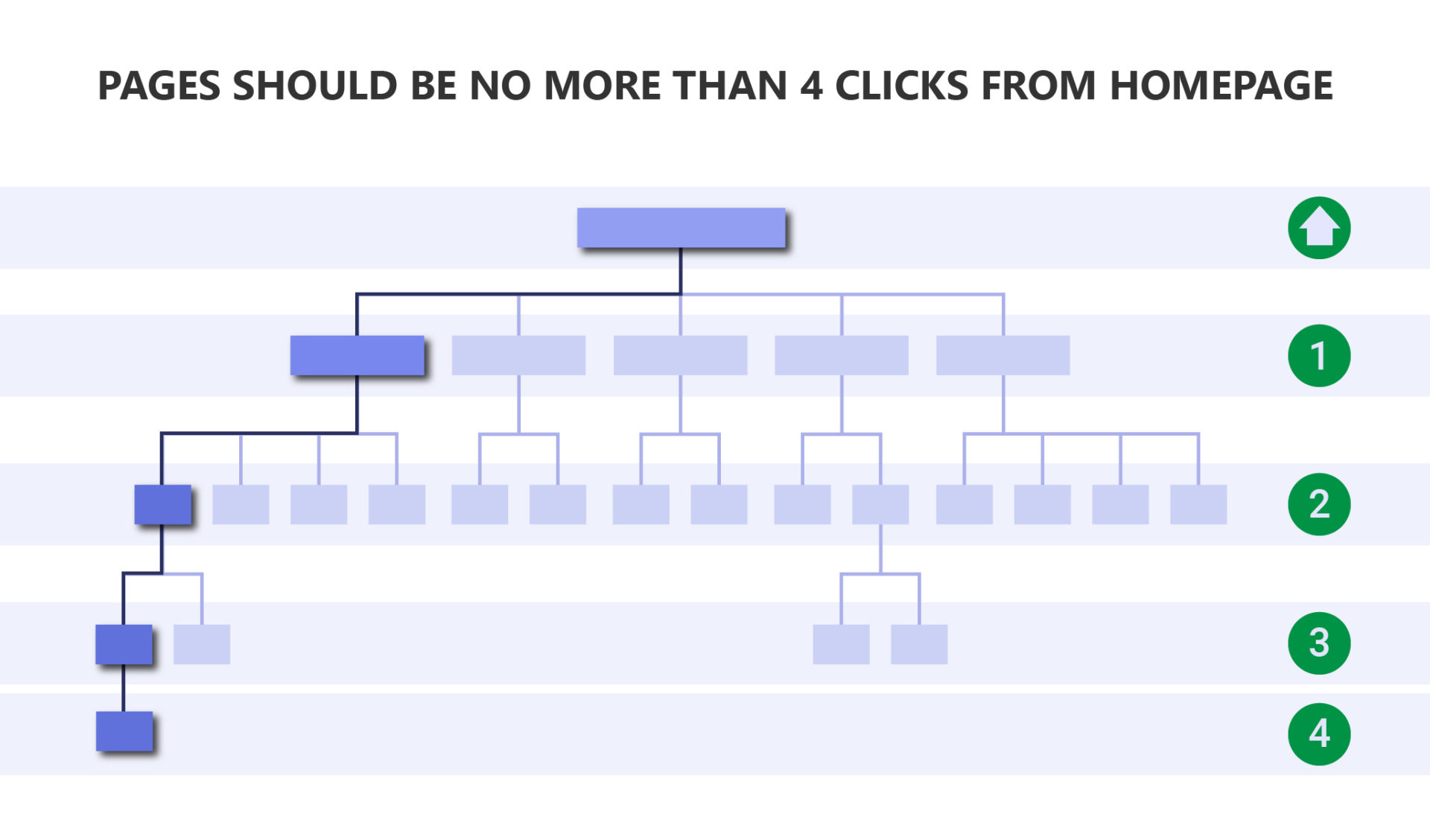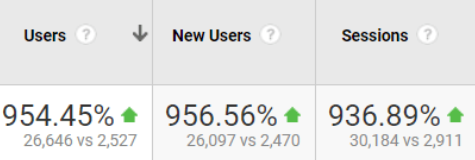Learn how we grew this B2C law website’s monthly organic search traffic by 936% from 2,911 to 30,184 sessions when compared year-on-year.
Disclaimer: As a white label SEO agency, we keep the names of the websites we work on confidential to respect our partners.
Objective:
The main objective of this campaign was to establish this US-based law website as an authority voice within its industry.
Website History:
A newly launched US-based law firm specialising in a range of legal services.
The main issues holding the site back:
- As the site was relatively new, we needed to make sure that Google (and users) started to see it as an authority within the niche.
- The site’s structure made it difficult for search engines and users to navigate.
- Important service pages lacked on-page optimisation (i.e. page titles, headings and meta descriptions were not fully optimised for the target keywords).
The Strategy
Building Topical Authority
The client’s website operates within a YMYL (Your Money Your Life) niche, which is where the information provided could potentially impact a person’s wellbeing.
This meant that it was crucial that we made it as clear as possible that the content provided was coming from a credible, trustworthy source.
In order to build this topical authority, we carried out competitor and keyword research to identify groups of topically related keywords that we could target with content hubs. The hubs comprise a pillar page that focuses on a broad topic and links to supplementary in-depth cluster pages that focus on subtopics.
For example, you could write a pillar page that focuses summarising Digital Marketing Trends of 2023 with individual cluster pages that focus on each of these specific tends i.e. SEO, paid advertising, social media marketing etc.
By creating content hubs, you’re increasing the amount of informational content on your website and showing both Google and your audience that you’re an expert within your industry and that the content you’re providing is valuable and trustworthy.
Apart from adding content hubs, we also made sure that each article on the client’s blog contained an author tag and bio.
Your author information should include:
- The author’s full name
- A short bio of the author (50 – 75 words) highlighting their experience and expertise within the topic
- Links to the author’s social media profiles (i.e. LinkedIn, Twitter, Instagram)
- A professional headshot
Here’s an example:

Adding this information makes it clear who was responsible for creating the content – which is something that Google tells its quality raters to look out for when analysing pages.
Technical SEO Strategy
How you structure your website is a crucial part of Technical SEO. This is because you want to:
- Make it as easy as possible for Google to crawl, index and understand your content
- Make it as easy as possible for users to navigate your website so that they can find what they’re looking for
A well-structured website should have what’s called a flat architecture – this is where all of the core pages have a crawl depth of three or less.
Crawl depth refers to the number of clicks it takes to access a page from the homepage.
Here’s an example of a website with a flat architecture:

Many of our client’s web pages had a crawl depth of 4 or more which was an issue as it means that they are less likely to be crawled and indexed by search engines and that users were less likely to find them.
We therefore restructured the architecture so that these pages were fewer clicks away from the homepage.
Apart from improving the accessibility of the pages, we also implemented structured data to important landing pages on the site to make it easier for Google to understand the content on the page.
Structured data is code that provides additional information about the contents of a web page in a way that is understandable for search engines.
For example, you can add Recipe structured data to recipe pages so that search engines can understand key pieces of information such as:
- The steps of the recipe itself
- The ingredients required
- How long it will take to prepare the ingredients
- How long it will take to cook the recipe
- The cuisine of the recipe
- Etc
By marking up your content with relevant structured data, you also increase your chances of your web pages being displayed as rich results.
Here’s an example of what a recipe page that is marked up with Recipe structured data looks like in Google’s search results:

You can see that Google displays the user rating and the cooking time of the recipe. This is powerful as users are more likely to click on recipes that they can see are popular and quick to make.
On-Page Optimisation
Whilst content creation is great for growing a site’s visibility for brand new keywords, it’s also worthwhile optimising pages that’re already published on your website so that you can optimise for existing keywords.
One way to do this is to optimise the on-page elements of your important pages. This includes the page title, h1 heading, meta description and URL.
Here are some tips on how to optimise each of these:
- Page tiles – should summarise what the page is about, be engaging and ideally include the primary keyword that you want to rank for.

- H1 Heading – should grab the user’s attention and also summarise what they’ll find on the page.

- Meta Description – should expand on the page’s contents, include topically related keywords and phrases and compel the user to click through.

- URL slug – should be clear, concise and easy to read. Ideally it should include the primary keyword that you want to rank for.
- Good URL slug: example.com/vegan-recipes/brocolli-pasta-bake/ – clearly describes what kind of dish the recipe is for and is easier to read
- Bad URL slug: example.com/vegan-recipes/vegan-recipe-1/ – unclear what kind of dish it is
By optimising the on-page elements of your website, you’ll make it easier for both Google and your users to identify what your pages are about.
The Results
Based on the strategies highlighted above, the organic traffic grew by 936% from 2,911 to 30,184 sessions when compared year-on-year.


And the number of search terms ranking in the top 10 positions grew from 408 to 2,971 keywords – an increase of 628%.

Blog
Always curious. Always learning.

My 6 Week Trip to SUSO’s Poland Office: Lewis Parker
I’m Lewis, the Head of Client Success here at SUSO. Here’s my little story of a trip to work in our Poznan office, discussing the work I focused on with our team, my exploration of the city, and also the wonderful people of Poland and their kindness in the face of a terrible war.

5 Must-Have Content Writing Tools For SEO
We’ve put together a list of the 5 must-have content writing tools that’ll help take your SEO content to the next level.

What Does Company Culture Mean in SUSO?
Find out what it’s like to work at SUSO Digital and get an insight into our company culture.

